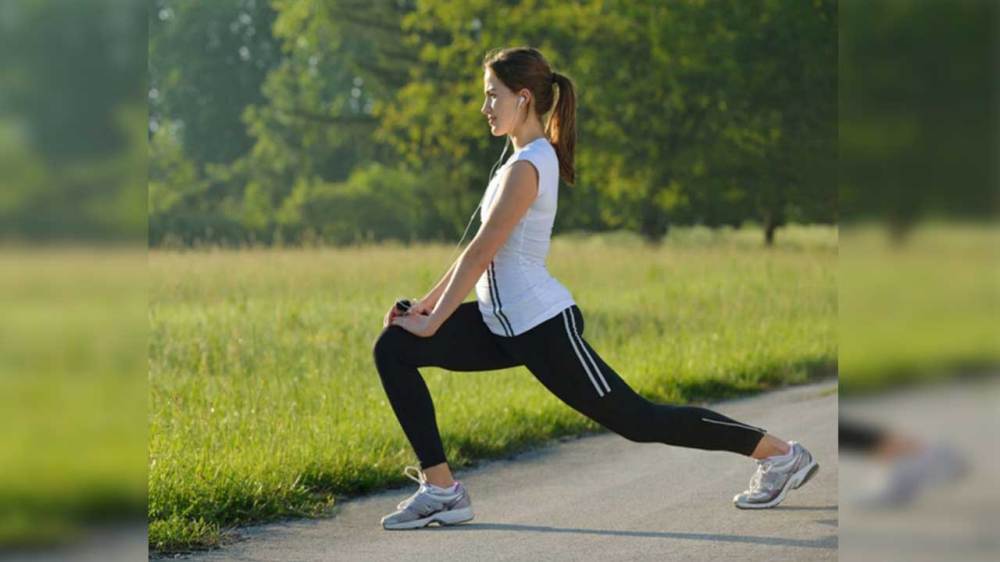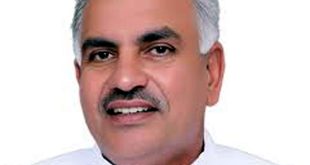
A shocking news has come out regarding the physical activity of the people of India. A leading health magazine has made a shocking claim about adults in India. According to a study published in The Lancet Global Health Journal, in 2022, about 50 percent of adults in India had inadequate levels of physical activity.
The study found that in line with trends across the South Asian region, 57 per cent of women in India reported inadequate levels of physical activity compared to 42 per cent of men. Women in the region had 14 per cent higher levels of physical activity than men. A study conducted by an international team of researchers, including researchers from the World Health Organisation (WHO), said the South Asia region is second only to the high-income Asia Pacific region in terms of inadequate physical activity among adults.
Globally, one in three people has insufficient physical activity
The study found that globally, one in three adults (31.1 per cent) was insufficiently physically active. These people did not engage in at least 150 minutes of moderate to vigorous physical activity per week or less than 75 minutes of vigorous physical activity per week, the study said. This percentage was five percentage points higher than the percentage of adults in 2010 Insufficient physical activity is high globally If the 2010-2022 trend continues, the global target of a 15 per cent improvement in physical activity levels may not be met.
may cause infectious disease
Physical inactivity increases the risk of non-communicable diseases such as diabetes and heart disease. Increasing physical inactivity and sedentary lifestyles are increasing the incidence of these diseases and increasing the burden on health care systems worldwide. In 2021, 101 million people in India will suffer from diabetes and 315 million people from hypertension.
Number of adults with insufficient activity has increased in India
The percentage of adults with insufficient physical activity was 22 percent in 2000 and increased to 34 percent in 2010. This means that the percentage of adults who were physically inactive was 34 percent in 2010. It is estimated that if this trend continues, the percentage of people who are insufficiently physically active will increase to 60 percent by 2030.
 look news india
look news india
